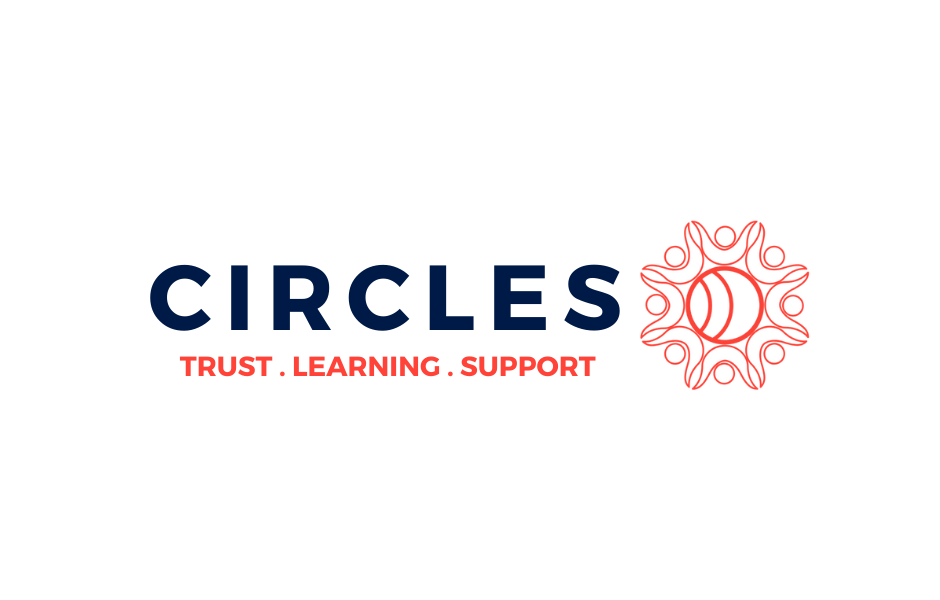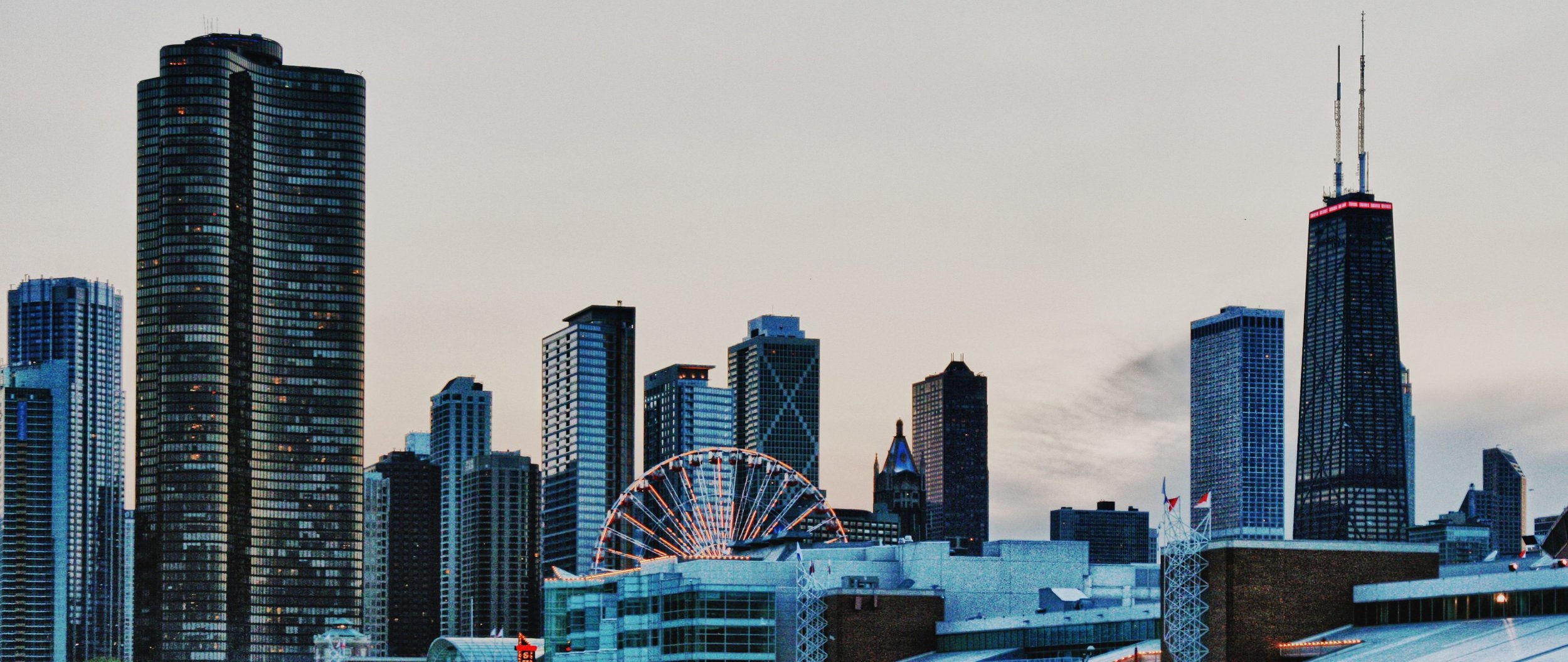How can foundations and nonprofits support culture change in a divided media landscape?
Brett Davidson
Narrative Lead
The International Resource for Impact and Storytelling (IRIS)
@brettdav
Key Takeaways:
A large and growing partisan media divide presents challenges to those using popular culture to promote democratic values across society.
However, it is possible to create pop cultural products that reach audiences across the political spectrum.
Impact will require more attention to audiences than ever.
It will also require innovative combinations of mass media and in-person engagement in order to reach people where they are.
The 1990s sitcom Will & Grace has been credited with helping transform attitudes towards homosexuality in the United States and other parts of the world, helping break taboos against gay leading characters on TV, and leading to a proliferation of other shows featuring a sympathetic treatment of homosexuality.
Will & Grace, along with other impactful TV shows, informed theories about what has been referred to as the “nation- and society-making functions of entertainment programming” - the potential for TV and other forms of mass entertainment to combat stigma and discrimination and reduce social and political polarization. There are, however, indications these theories may need a rethink.
Here’s why: There’s a growing gap between the types of entertainment preferred by conservatives and liberals – particularly in the US.
Liberals and Conservatives Consume Different Content
Several studies in recent years show a massive, increasing gap between the types of entertainment preferred by conservatives and liberals -- particularly in the US. For example, Nick Rogers examined the television content preferred by liberals and conservatives in the US. He found no overlaps between the top TV comedies and dramas preferred by liberals versus conservatives. Liberals preferred shows with innovative structure, nuanced morality, extended storylines, diverse casts, and which were more sexually explicit and gory. In contrast, conservatives preferred conventional and predictable storytelling, clear articulation of ‘good’ and ‘bad’, storylines confined to individual episodes, homogenous casts, and content that was sexually ‘wholesome’ and less gory. Sarah Fiorini and others found a similar growing gap in the sorts of TV shows that are watched in primarily Democratic versus Republican markets.
This is part of a phenomenon researchers have called ‘cultural sorting’ -- where political partisans sort themselves into cultural echo chambers that reinforce their worldviews. The growing divide in tastes and cultural exposure extends beyond television to a wide range of cultural products. For example, as opposed to liberals, conservatives prefer formally simpler and more familiar forms of music and literary texts, and more representational versus abstract art. In general, liberals seem to prefer edgy, unconventional, and intense media genres, whereas conservatives gravitate to more conventional, cheery and active ones.
There are indications cultural exposure and political orientation may operate as a self-reinforcing feedback loop where wider cultural exposure leads to liberalism, which in turn leads to wider cultural exposure, and greater liberalism. Presumably this would operate in the opposite way for conservatism. This is amplified by the online digital and streaming environment, where partisan stories circulate within a self-reinforcing echo chamber, algorithms keep presenting us with ever narrowing variety based on our previous selections, and where audiences are fragmented into smaller and smaller and more specialized niches. (Although there is evidence that cultural sorting is asymmetrical, since liberals are ‘cultural omnivores’, far more likely than conservatives to seek out and engage with a wide range of cultural products, formats, content, activities and experiences.)
All of this has important implications for the types of narratives that conservatives and liberals are likely to be exposed to and impacted by. Take Modern Family, which is sometimes credited with helping shift attitudes towards same-sex marriage. As Rogers points out, Modern Family should be popular among conservatives because it follows a very traditional sitcom structure, with predictable storylines that are resolved within each episode. However, the show does not have much of a conservative audience, probably because it pivots around a married same-sex couple – which turns conservatives off. This means that if Modern Family did shift attitudes towards same-sex marriage, it likely moved people who were already more liberal in their political orientation. The same pattern is likely repeating in the case of shows featuring transgender characters - such as Pose, Shameless, and Sense8.
Narrative Change Work is Complex
This has important implications for foundations and nonprofits investing in narrative change work based on the premise that increasing diversity in writers’ rooms and casts, and proliferation of storylines with progressive slants towards a range of groups and issues, is likely to lead to increased support for democratic values, and social inclusion.
Of course, diverse writers’ rooms and casts, and nuanced and inclusive storylines are hugely important ends in themselves – just witness the reactions of young Black girls to the Little Mermaid trailer, starring a Black actress as Ariel. Complex storylines and greater representation of minorities can also have important impacts by shifting mindsets within a narrower band of audiences who already consider themselves liberal. But because of the self-reinforcing tendencies of the media echo chamber, this may also have the unintended side-effect of deepening the cultural divide between liberals and conservatives even further, rather than helping to bridge divisions and advance pluralistic values across society.
While all of this may be true, it is necessary to need to think of media and cultural exposure in a more complex way - that cultural products do not just have direct one-to-one effects, flowing directly from movie or TV show to individual viewer. They shift and transform the cultural terrain more broadly, and influence and impact can flow indirectly between groups of people in multiple, complex ways. Media content can also play important roles in reinforcing positive social identities, and help people cope with the painful effects of racism and other forms of discrimination - as has been shown in the case of Black Panther, for example.
Exploring Innovative Approaches
Ultimately, foundations and nonprofits investing in popular culture as a means of social change will need to explore new and innovative approaches to overcome the divided media environment and break out of algorithm-driven echo chambers. This requires three things:
Being very clear up front about intended impact,
Paying more attention to audiences than ever – in the conception of content as well as distribution
Experimenting with innovative combinations of mass media and in-person engagement.
Two current examples of such innovation are the Into Action Content Library, and the HBO show, We’re Here.
The Into Action Content Library works explicitly to ‘hack the algorithm’. It is an extensive library of progressive and inclusivity-focused gifs and memes, developed by a collaboration of designers and artists. In addition to developing gifs and memes relating to explicitly progressive issues and positions, the library also contains ones that anyone might use or share for various occasions such as Thanksgiving or birthdays, but which contain racially diverse imagery. In this way the project’s leaders are working to get their images included within mainstream algorithms, and indeed have succeeded in ensuring the library’s content comes up near the top in searches on platforms such as Giphy.
The HBO Show We’re Here works to cross the cultural divide by physically inserting itself into conservative small towns across the US, as a combination of reality show and political intervention. In each show, three drag queens travel to a different small town in the US. Each episode starts with the three queens, Shangela, Bob the Drag Queen and Eureka (all alumni of RuPaul’s Drag Race) walking through the town, meeting and greeting the townsfolk along the way, dressed in loud, spectacular outfits, with big hair and high heels. Heads turn and jaws drop. The queens distribute fliers, tell people they are going to be staging a drag show that week, and invite people to attend. Next, each queen meets with the person she will be mentoring – a local resident who wants to perform in drag. It might be a young gay man, or a trans woman, or a relative or community leader who wants to perform as gesture of support and ally-ship. The middle part of the show consists of various conversations with the participants, talking about their efforts and struggles living in the conservative town. Each episode ends with a public drag performance, attended by people from the town.
We’re Here succeeds in many ways in grappling with the challenges I have outlined above. By having the drag queens not only walk through the town and stay there for several days, but also set up camp along with their float-like buses, We’re Here to some extent overcomes problems of cultural selection. The conservative residents of these small towns may not watch HBO, but many of them will encounter the drag queens in some way or another – either seeing them or meeting them in person, or else through coverage in local news media. This often elicits negative responses -- rejection, bewilderment, even disgust. But among others there is curiosity and intrigue. Members of the local LGBTQI community come together and talk about how isolated or threatened or lonely they feel. Their actions and organizing are highlighted and encouraged, and their identities are strengthened and reinforced -- not only as individuals, but as political actors. The protagonists explicitly talk about the live drag show as a political act – a statement, an act of bravery, a celebration of pride. Explicit and implicit political education takes place – for example one episode is set in Selma, Alabama – a political decision in itself. During that show, the queens talk to surviving participants in the historic civil rights march across Edmund Pettus bridge. During another episode in Del Rio, Texas, the openly gay mayor of the town is one of the drag performers, and there is discussion of inter-connectedness and mutual dependence of Del Rio and Ciudad Acuña, its sister town across the Mexican border. Multi-stage flows of information and impact are evident, as for example, a transwoman comes out to her very traditional parents, or a cross-dressing man takes the opportunity to educate his conservative father about his identity and is lovingly embraced.
Finally, the show is on HBO, reaching a national and international audience of millions who are potentially transported by this narrative of another possible world. Although HBO viewership skews liberal, there is nevertheless the opportunity for LBGTQI+ viewers, feeling isolated in any number of small and larger towns across the country (and the world), to view the show and in turn feel less alone, and perhaps empowered, validated, and inspired.
It’s ALWAYS been about the Audience
While the growing media divide presents challenges, the examples of the Into Action library and We’re Here show that with some effort and creativity, it is possible to create pop cultural products that reach audiences across the political spectrum. And while We’re Here’s format, and Into Action’s distribution strategy may be innovative, the need for a rigorous focus on reaching and engaging audiences is nothing new. Despite some of the claims, shows like Will & Grace did not create widespread cultural and political shifts on their own - evidence indicates that the major cultural and political shifts attributed to them would not have happened without clear public engagement strategies that dramatically sped the pace of change.


